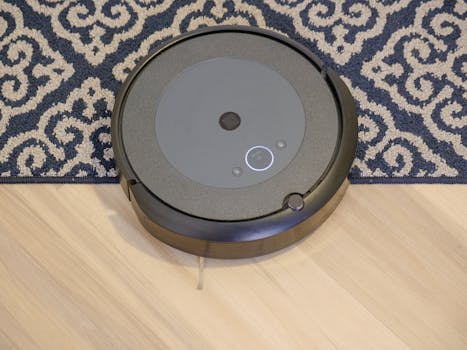
Smart Homes and Smart Living: The Technological Transformation of European Homes by 2025
Smart Homes and Smart Living is the future of European homes, and it’s expected to revolutionize the way we live, work, and interact with our living spaces. The concept of smart homes has been around for several years, but recent advancements in technology have made it more accessible and affordable for the average consumer.
Introduction to Smart Homes
Smart homes refer to the integration of technology and automation in residential buildings to enhance the quality of life, comfort, and convenience of its occupants. This can include a wide range of features, such as voice-controlled assistants, smart thermostats, security cameras, and automated lighting systems.
Benefits of Smart Homes
The benefits of smart homes are numerous, and they can be broadly categorized into three main areas: convenience, energy efficiency, and security. Smart homes can learn the habits and preferences of its occupants and adjust the lighting, temperature, and entertainment systems accordingly. This can lead to a significant reduction in energy consumption and costs.
Technological Transformation of European Homes
By 2025, European homes are expected to be equipped with cutting-edge technology, enabling residents to live more comfortably, conveniently, and sustainably. Some of the key technologies that will drive this transformation include the Internet of Things (IoT), artificial intelligence (AI), and 5G networks. These technologies will enable the creation of smart homes that are not only automated but also adaptive and responsive to the needs of their occupants.
Impact on European Society
The technological transformation of European homes will have a significant impact on European society, from the way people live and work to the way they interact with each other and their surroundings. Smart homes will enable people to live more independently, particularly the elderly and those with disabilities. They will also enable people to work more flexibly, with the ability to remotely monitor and control their homes.
Conclusion
In conclusion, the technological transformation of European homes is a significant trend that will shape the future of living, working, and interacting in Europe. By 2025, European homes are expected to be equipped with cutting-edge technology, enabling residents to live more comfortably, conveniently, and sustainably. As the concept of smart homes continues to evolve, it’s essential to consider the potential benefits and challenges of this technology and to ensure that its development is aligned with the needs and values of European society.





